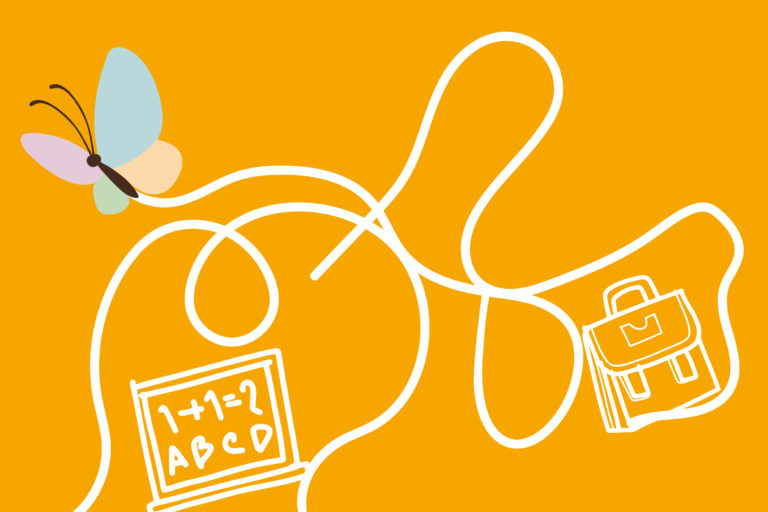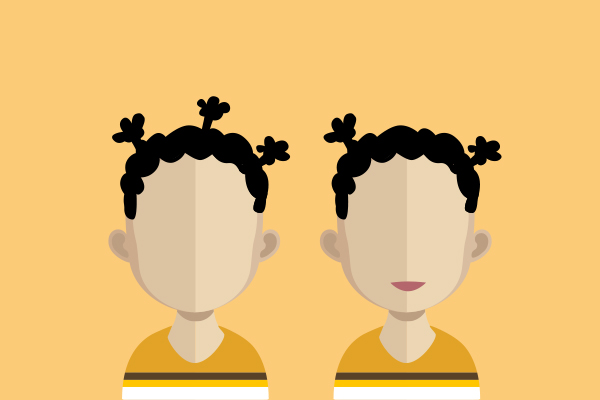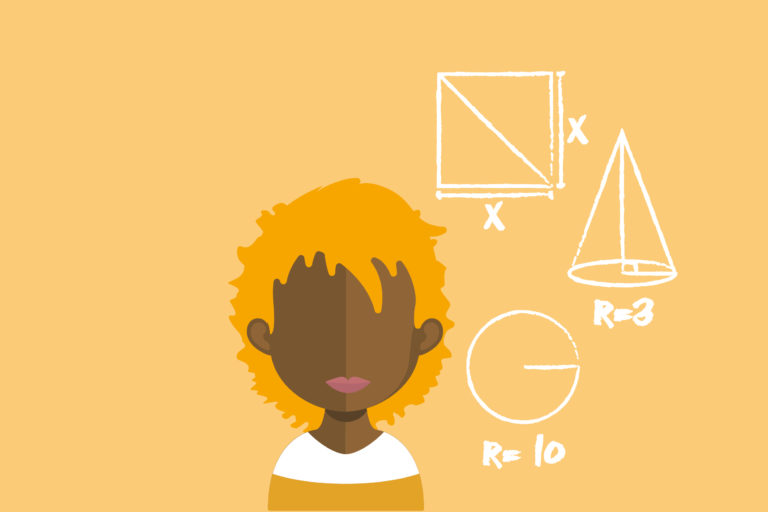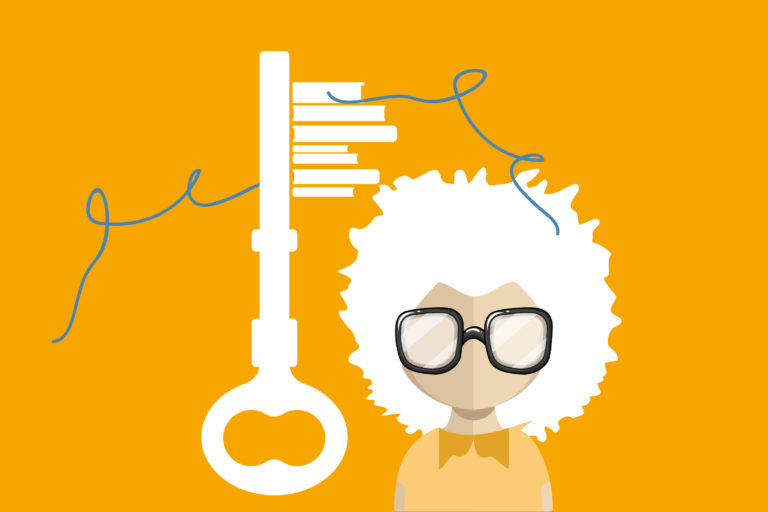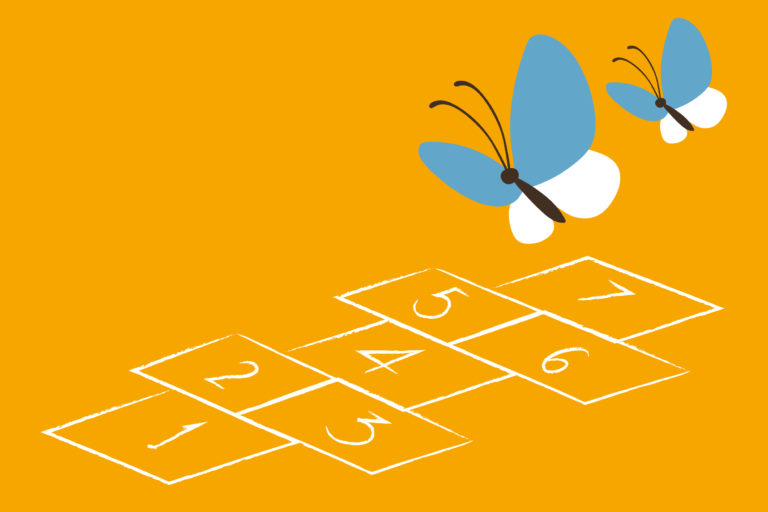A workshop for the students to decide together what they need to do in order to work inclusively and efficiently in
the school environment.
Together, everyone decides on the terms of their agreement and maintains it throughout the year, as it will determine how the group works for the benefit of all.
Students to:
- communicate about a common purpose
- define which of their behaviors at school contribute to the good functioning of the group and includes all students,
- take personal and collective responsibility for the inclusive functioning of the group.
- know each other better,
- recognize the importance of communication and multilingualism,
- develop a sense of shared responsibility for group functioning and inclusiveness,
- feel equal members of the group regardless of when they joined, the language they speak or their differences,
- respect the rules.
Steps
- The group sits in a circle and the teacher distributes a piece of paper and a pen to everyone. S/he asks the students to think of a group or class that was the best they have ever experienced because they felt together and united.“Think about what the teacher and the students did that contributed to you remembering this group or class so positively… Draw a circle on your paper, like the one I am drawing on the board now, and draw two intersecting lines to write on each one what it was about this group that made you happy and made you feel like you belonged to it, like everyone else. You can add more lines if you want, if there are more elements you want to record. You have 10 minutes. I will do the same.” Instructions are given in a variety of communicative ways (gesture, drawing, body language, etc.) or in a language that all children can understand (such as English). The workshop can also be held in a room where a computer is available and using a translation application. In the latter case the teacher should provide the written instructions. S/he may have arranged to have them translated into the children’s languages already and to show them in a PowerPoint presentation, also having demonstrated different ways of communication, such as non-linguistic.
- The teacher asks students to sit in pairs with someone they are least familiar with, and describe what they have recorded on their paper. If they do not speak the same language, they should think about how to explain what they have written. In the end, both participants in the pair should know their partner’s suggestions for the good and inclusive functioning of a group. Ask the pairs to sit in chairs facing each other so they can make eye contact and get a good view of each other. The teacher provides as much time as needed for all pairs to complete their exchange.
- The pairs become foursomes, and further communication is fostered between them to decide what the common characteristics of a good team are according to the four members. The teacher says: “Now let each pair pick another pair, and let the four of them sit in a circle again.Let each student present the outcome of his or her previous discussion to the other members of the group in the most communicative way possible. It is important that we all learn from everyone. Let one of you take over as secretary to record on a piece of paper what the characteristics of a“good” and “inclusive” class are. It is good to discuss the similarities and overlaps and come up with common characteristics for the whole group. The number of characteristics is not limited. You have 30 minutes at your disposal.” The teacher stays close to the groups and observes the multi-layered process within the groups and the various ways they find to communicate. S/he offers help or suggestions only if necessary. During the discussion s/he approaches each group and asks: “Please decide, apart from the secretary, who will present the results.”
- The teacher takes a large piece of paper, such as from a flipchart, and lays it out on a flat surface (joined desks, floor, wall, etc.). The students draw a circle, and the teacher asks each group to present the results of their collaboration in the most efficient way. It is important that everyone understands, regardless of their mother tongue. The teacher records the results in the circle. They can use different languages, symbols, drawings, etc. If the groups refer to common terms of the group’s functioning, note the common preference and emphasize the similarities. After the groups have finished, reflective questions are asked to help group members better understand the process and its results: What have we done so far? Why did we do it? In what ways did we communicate and get our message across in the group? The teacher completes the step: “We have discovered what we believe are the elements that will help us feel like a team and that we belong to it. Let’s take our thoughts with us and attempt to think about and suggest to our community, each of us personally, what we are willing to do, in order to have the best classroom that is inclusive of all of us. Of course, I will do the same.”
- The teacher asks the students to go back to their groups and answer the following questions: What are you willing to do to give to get the best classroom you have ever had, in which we all feel united and accepted. What can you offer to make our classroom “better”, with those characteristics that we agreed upon and you see in the circle? S/he says: “Let the secretary of each group write down in sentences what you are willing to do as students and community members, and I will do the same as a teacher on my own piece of paper. It is good to use verbs that indicate the actions we will take or the behaviors we will show, e.g. willingly cooperate with all children and not only with our friends. Please make sure all group members understand and participate as best they can. Work as meaningfully as you can, because it is important for all of us to agree on rules that we will abide by. One person from each group will write and another will present. Please let them be different from last time. You have 30 minutes.” For his/her part, the teacher also records what s/he is willing to do, such as recognize students’ effort and participation, practice cooperative group teaching, do more video projection, use different languages, etc. Everyone returns to the circle. The teacher writes the rules on the paper outside the circle. All the sentences are written down. Clarifications are given for ambiguities and the terms are explained to everyone. Then the teacher announces and writes down his/her own list.
- Based on what has been written down, a plenary discussion takes place with an effort to involve everyone. Suggestions are discussed, so that a text with terms can be drafted to make the classroom friendly and inclusive for all students. These chosen terms will become mandatory for all members of the community.
- The teacher drafts the text of the agreement with the common terms and makes sure that it is translated into the languages of the refugee children. Reflect on the following points:
- What does this agreement mean for all of us and for each of us?
- Who is responsible for the good functioning of the group so that everyone feels included?
- Are you ready to contribute to improving the situation of everyone in our community?
Evaluation
Formative evaluation with reflection after step 4 and final evaluation after step six, with reflective discussion. Use the scale of 1-5, where 1=very dissatisfied and 5=very satisifed.

Duration: 240 minutes
Materials / Sources:
- Paper
- markers
- flipchart paper or roll of paper
- computer with internet connection.
- The workshop is adapted from the book by Marios Koukounaras Liagkis, Sciences of Pedagogy and Early Adolescence, Athens, Gutenberg, 2015.

